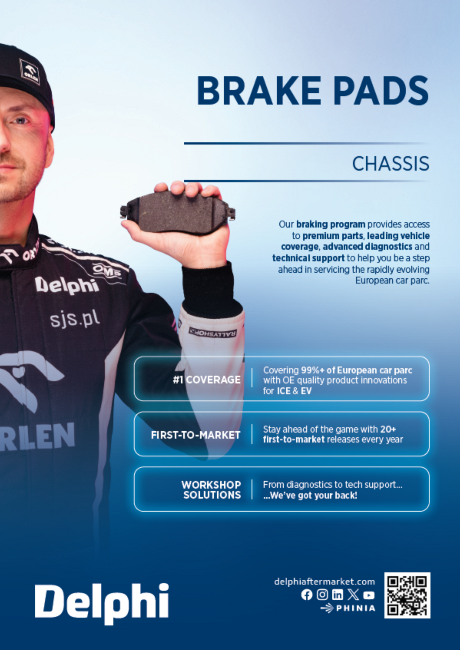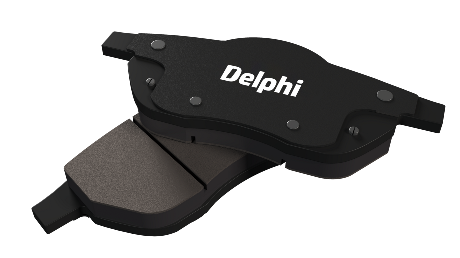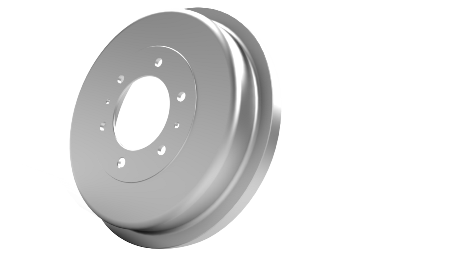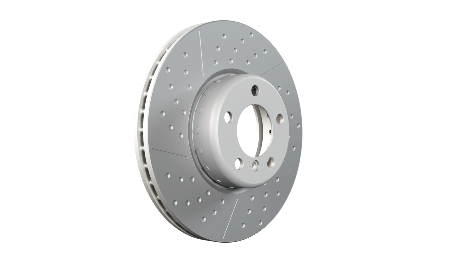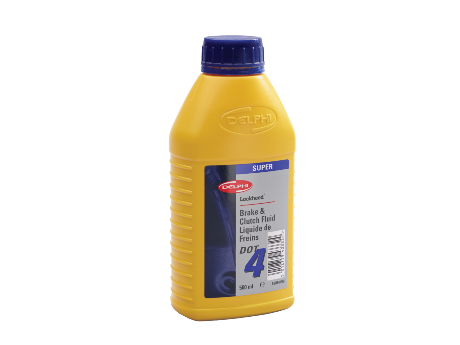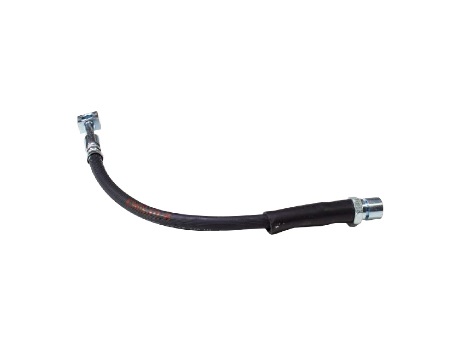Brake Discs

- Product Information
- Product Resources
- Enquire
- Related Products
ECE R90 certified brake discs
It should come as no surprise that our brake discs for new vehicles launched post 1 st November 2016 are R90 certified, alongside a range for popular older applications. After all, we’ve been meeting these quality standards for many years. The only difference today: our discs now undergo official ECE R90 testing schedules including performance, dynamic friction comparison, high load integrity and thermal fatigue analysis to certify that they perform to a prescribed tolerance of the OE part.
Learn more about Delphi’s R90 certified brake discs and why it matters.
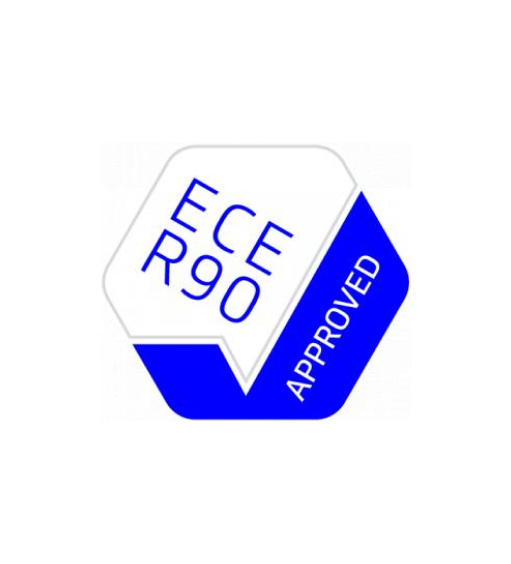
Fully coated brake discs
Thanks to a special zinc-flake, silver Geomet coating, our coated brake discs offer greater and longer-lasting corrosion protection compared with many oil-dipped or partially painted and coated equivalents, whilst also being more cosmetically appealing. And because they have no oil to clean off, they save valuable labour and service time. All this makes for a better protected disc that’s easier to install, easier to dismount as well as being easy on the eye too.
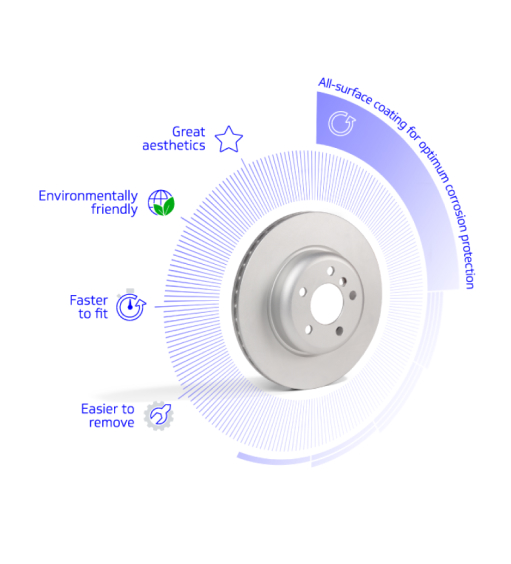
High-carbon brake discs
The added carbon content in our high-carbon discs helps to both reduce the risk of thermal cracking under high-temperature loads, and allows the discs to operate at a cooler temperature, for a more consistent braking performance. It also increases their resistance to distortion or warping for added durability, while delivering noise and judder free braking.
Cross-drilled brake discs
As well as looking cool from behind your wheels, our cross-drilled discs will keep your brakes feeling the same way – cool. The cross-drilled holes dissipate heat, brake dust and gases, helping to keep the pad surface cool and clean and reducing the risk of thermal distortion and warping. These same holes also prevent a film of water forming during wet conditions for improved braked response.
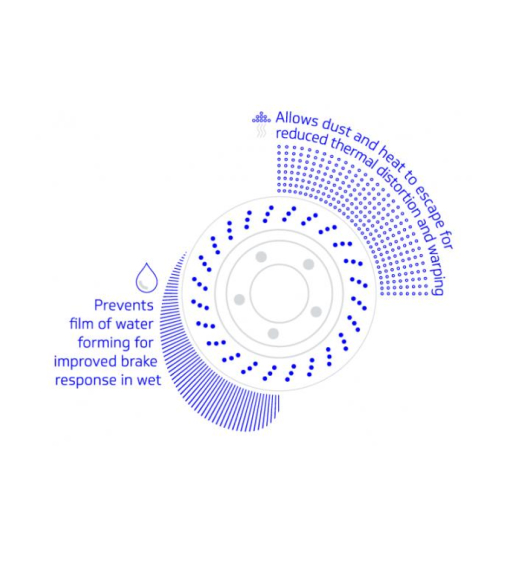
Vented brake discs
Our vented discs feature special internal cooling passages to maximise airflow. By continually moving air across the disc’s surface or through the disc itself, they allow more heat to be dissipated, improving both cooling capacity and resistance to cracking from thermal shock.
Brake discs with bearings
To avoid damage to the bearing during removal, and ensure the correct pressing in into the new, we offer a range of discs with these safety critical components already pre-mounted. They also include both toothed and magnetic ABS sensor rings, as per the OE, and the relevant fixing accessories. All for quick and accurate installation.
One-piece cast iron brake discs
Our one-piece cast iron discs offer an aftermarket alternative to BMW’s patented two-piece bi-metallic composite disc. Engineered from a single piece of cast iron, they deliver the same standards of consistency, longevity and braking performance as the two-piece disc, but at a fraction of the price. And to top it off, they come with fixing screws for quicker and easier fitting.
The Delphi Difference
-
100 years of OE experience, supplier to the world’s top automakers
-
OE heritage and knowledge built into every aftermarket part
-
Comprehensive portfolio for a wide range of vehicles and model years
-
Streamlined SKUs for easy inventory management
-
Support through tools, tips and training

Related product resources and downloads

Resource Highlights
As automotive technology evolves, and with it customer expectations for a quieter more relaxing ride, noise, vibration and harshness (NVH) reducing technologies are becoming a must. Whilst the emergence of quieter, electric and hybrid vehicle technologies should, in theory, lower NVH levels, the reality is very different – the loss of the engine masking sound is simply exposing other areas such as suspension, HVAC and braking – noises that may not have been obvious to the driver beforehand. Add to this greater emphasis on the whole in-car experience, with ever sophtisticated infotainment and connectivity systems, and noise issues are becoming an area of increasing concern for vehicle and parts manufacturers alike.
Cue our range of directional brake pads. Featuring either a chamfered friction surface or a crescent cut out of the shim, they must be mounted in a specific direction for optimal pad to disc contact. By introducing the pad to the disc at a gentle angle, the likelihood of both noise and vibration is significantly reduced for even quieter braking.
Chamfer or crescent?
You won’t be surprised to learn that chamfer directional brake pads use a chamfer, a transitional surface between two adjoining faces, on either the leading edge or both edges of the pad. This helps to prevent the leading edge of the pad from lifting from the disc for maximum pad to disc contact, encourages even pad wear and reduces both noise and vibration.
Similarly, a crescent cut-out directional brake pad has a crescent or half-moon shape cut out from the shim. The shim, made up of finely tuned layers of dampening material bonded to the pad assembly, helps to reduce both the transmission and amplitude of vibration and acts as a thermal barrier, ensuring uniform temperatures across the pad, and in turn consistent brake torque. The addition of a cut-out allows the piston to push the brake pad at the optimal angle, reducing noise and aiding even pad wear.
It’s all in the fitting
Whilst chamfer and shims are nothing new - we’ve been fitting them on our pads, as per the OE, for years – the way the pads are installed is. As their name suggests ‘directional pads’ must be installed in a specific direction to ensure optimal noise performance. In contrast, fitting them in the wrong direction can reduce braking efficiency, and may increase the possibility of brake noise, the very thing these pads are designed to prevent. Because of this, it pays to take the time to learn how to install them the right way.
Which way is right?
Many Delphi directional pads use either a letter, indicating which side of the vehicle the pad should be fitted to, or an arrow showing the rotational direction of the disc and hence the direction in which the pad should be fitted. If no arrow is present, then the following ground rules apply:
- For pads fitted with a one chamfer, introduce the chamfer, the largest if more than one, at the leading edge where the pad and disc first come into contact.
- If the pad features a cut-out, position the crescent or half-moon at the leading edge of the pad.
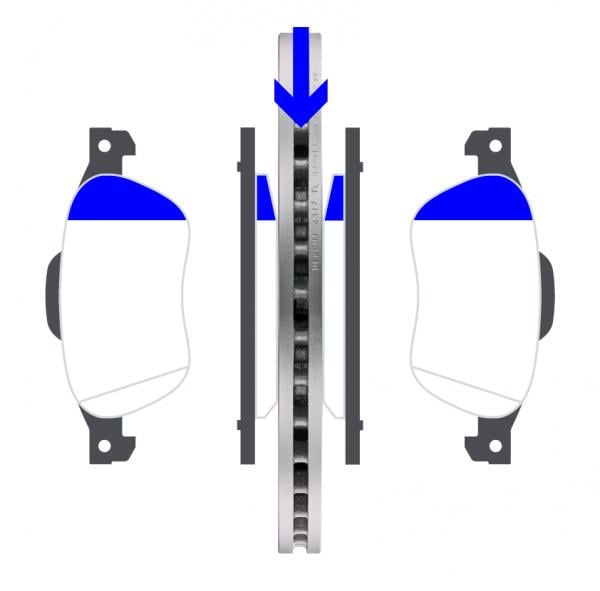
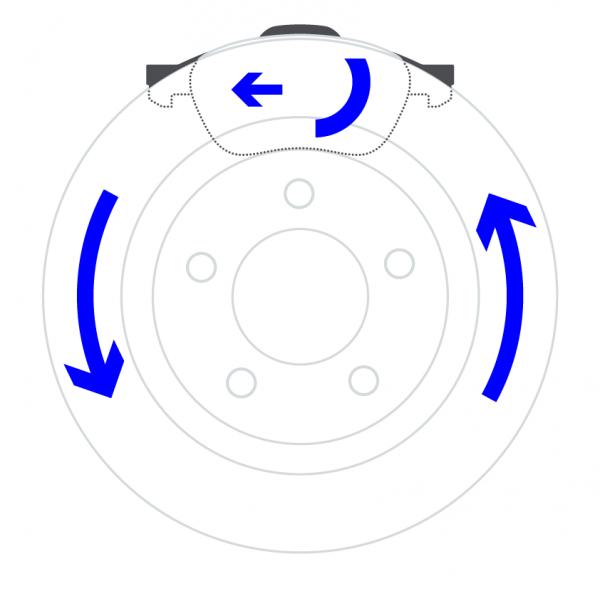
Choosing Delphi!
Once you’ve got to grips with the basics, fitting directional pads will become a straightforward job. The choice of which brand to fit is just as easy. With an OE-matching range, we cover nearly 4 million vehicles, with important applications such as Audi Q7, Q8, BMW 525, 530, 540, 725, 730, Ford Galaxy, Mondeo, S-Max, Mini Cooper S Clubman, Countryman and Volvo XC90. Future parts will be developed in line with the OE.

Visit our Technician Library for access to Documents and Downloads
Get in touch
The full Delphi product range
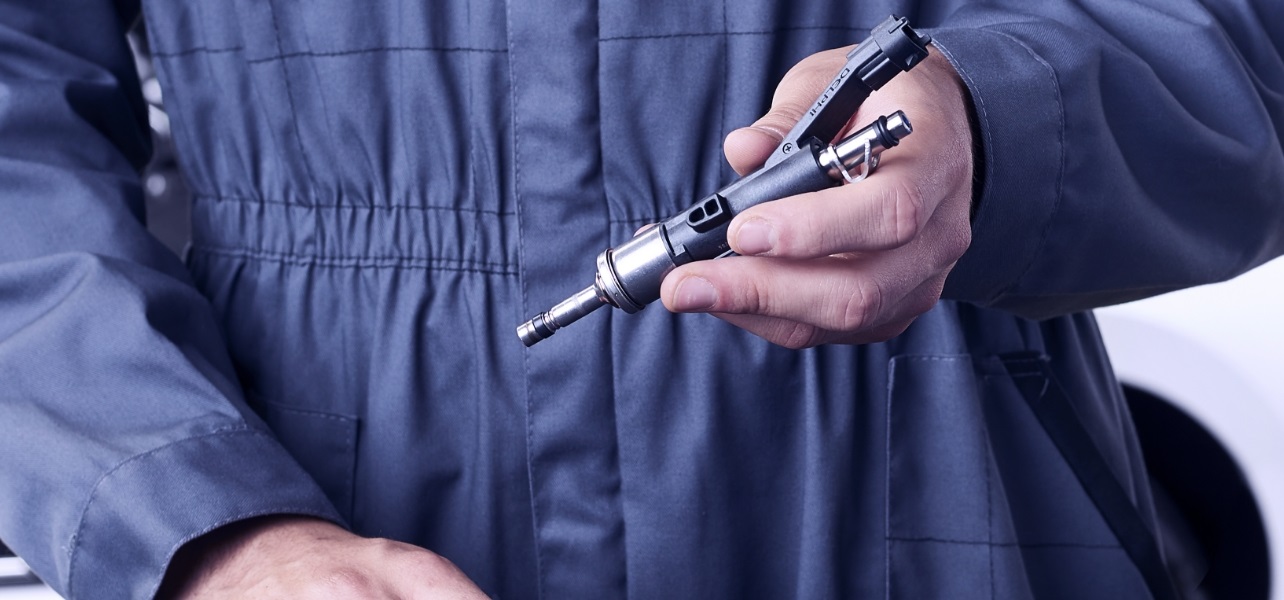
Find out where to buy Delphi parts

